The word “prediabetes” likely evokes thoughts about high blood sugar and little else. But just like diabetes, prediabetes is more than a blood sugar problem.
In both type 2 diabetes and prediabetes (which is defined by blood sugar levels higher than normal, but below the level of diabetes), there are two significant underlying problems that push blood sugar levels too high: insulin resistance and the inability to produce maximum amounts of insulin. Both problems are present in prediabetes and type 2 diabetes. If the beta-cells of the pancreas produced adequate insulin, blood sugar levels would not be elevated in the face of insulin resistance.
High Blood Sugar is the Alarm Bell
High blood sugar levels frequently alert healthcare professionals to prediabetes and diabetes, but insulin resistance causes lots more to go on under the surface…
- Non-alcoholic fatty liver disease (NAFLD): The most common form of liver disease in the developed word afflicts about one-third of American adults. It’s on the rise because obesity, prediabetes, and type 2 diabetes are on the rise. NAFLD is the liver manifestation of insulin resistance.
- High triglyceride and low HDL-cholesterol levels: These abnormal blood lipids are risk factors for heart disease.
- High blood pressure: This is also a risk factor for heart disease and stroke.
- Chronic inflammation: Low levels of widespread inflammation are linked to a host of medical problems including heart disease and some types of cancer.
- Higher cancer risk: Presumably the high levels of circulating insulin early in the insulin resistance continuum fuel the growth of cancer cells.
- Other problems: Insulin resistance is often associated with blood vessel dysfunction, increased blood clotting, and possibly even gout and other health conditions.
While high blood sugar is an outward sign of prediabetes and type 2 diabetes, it is not the only problem to treat with lifestyle changes and medications With higher-than-average risks for developing other health problems, careful attention must be paid to preventing heart disease, stroke and some cancers.
By Jill Weisenberger, MS, RDN, CDE, CHWC, FAND, author of Prediabetes: A Complete Guide
Copyright foodandhealth.com, reprinted with permission.

